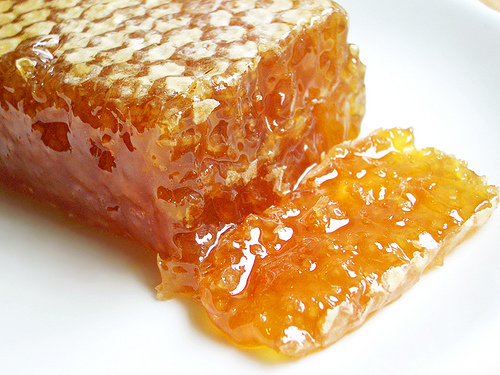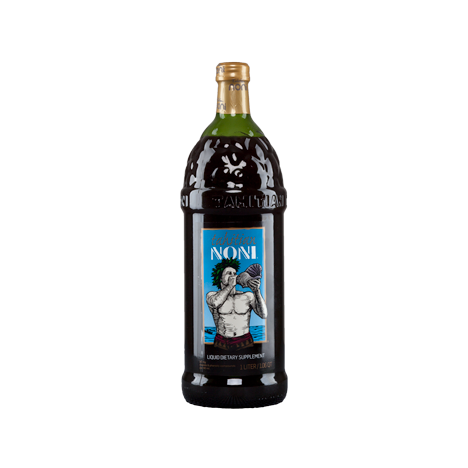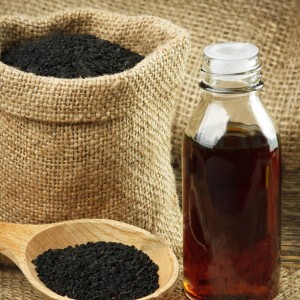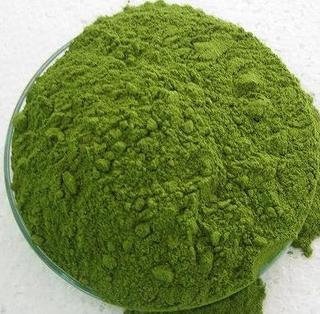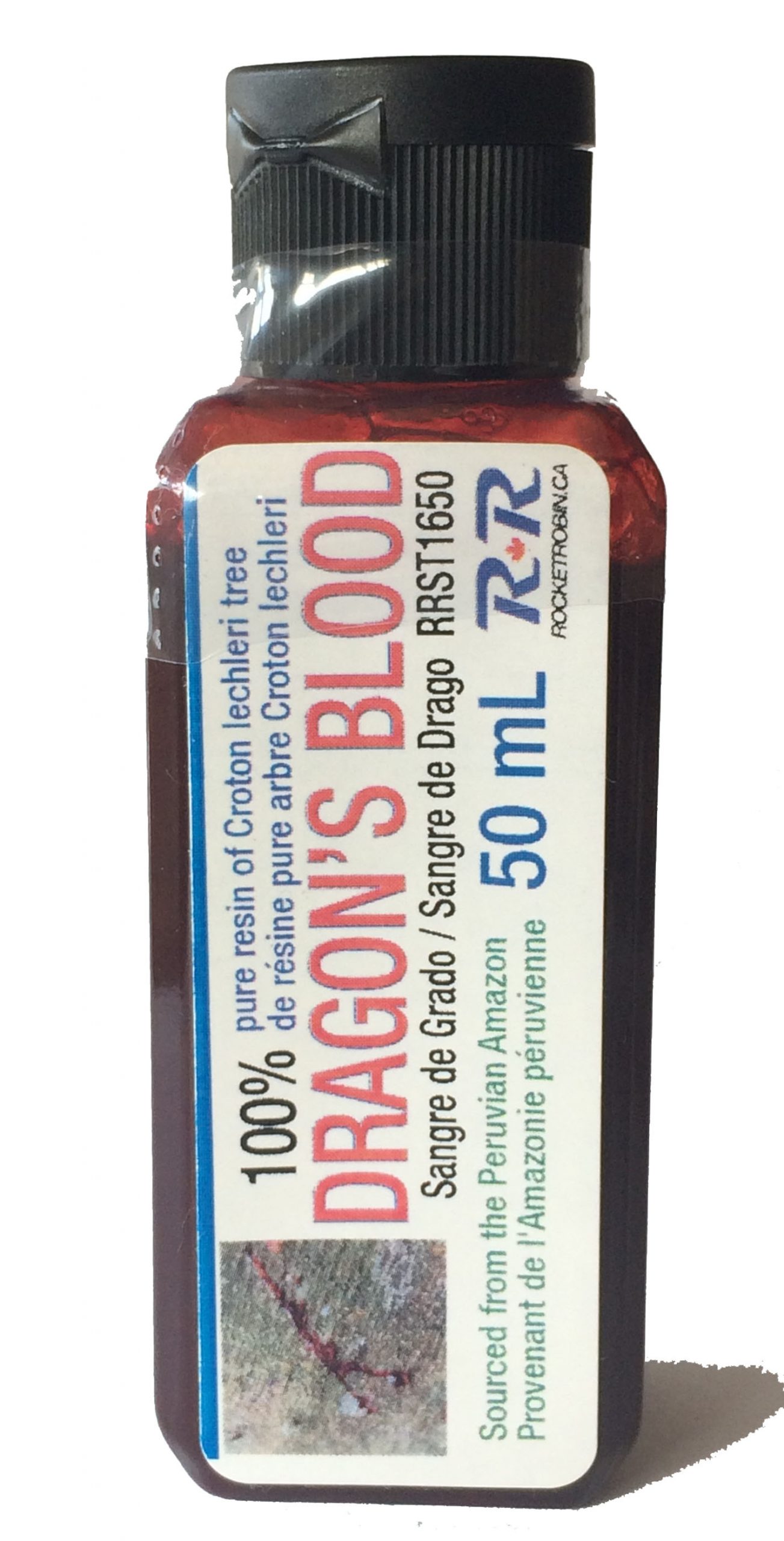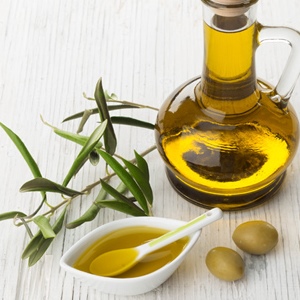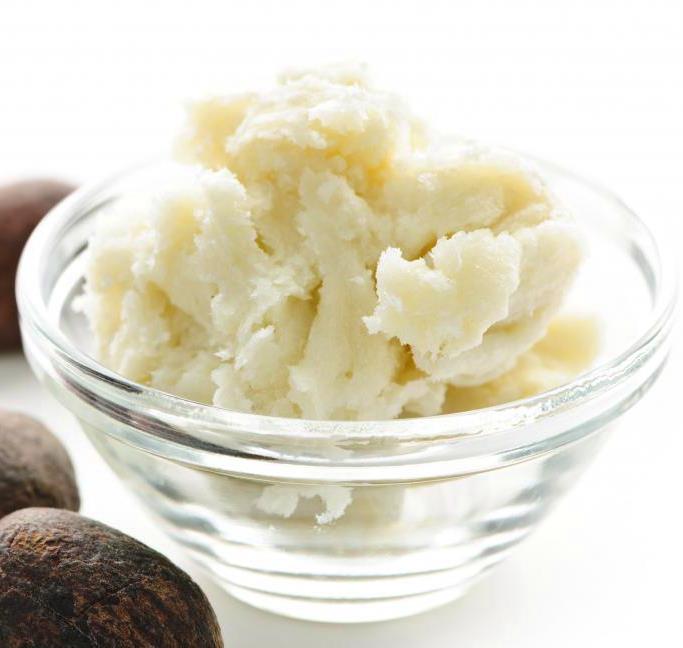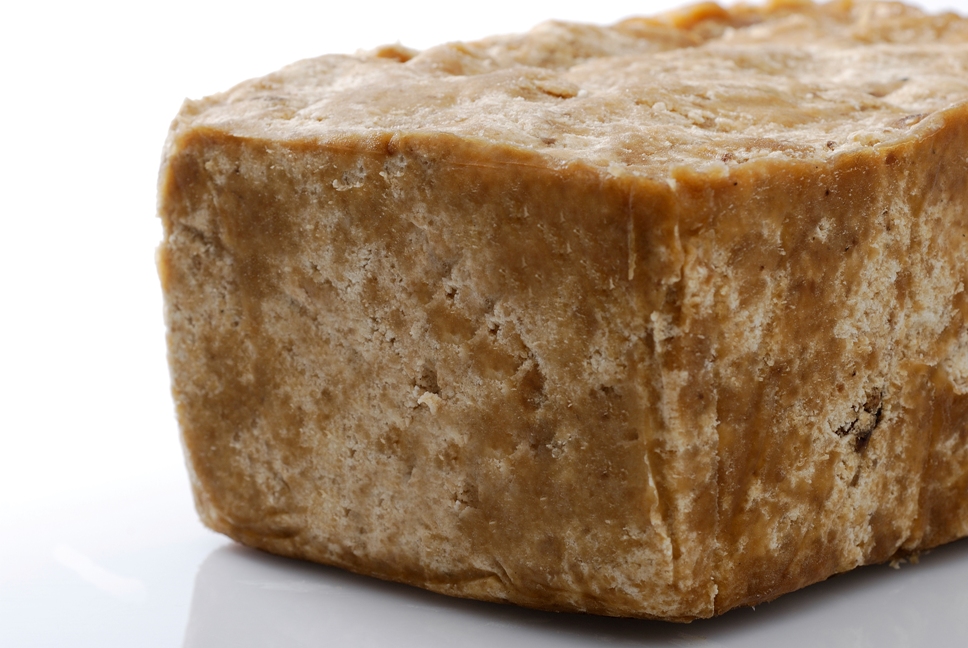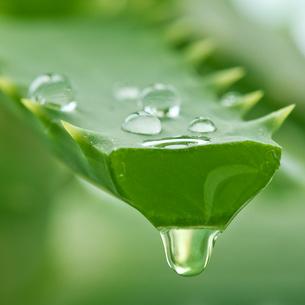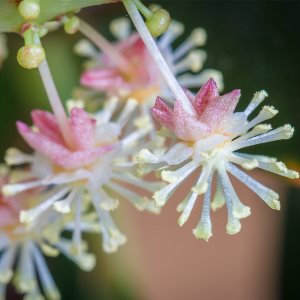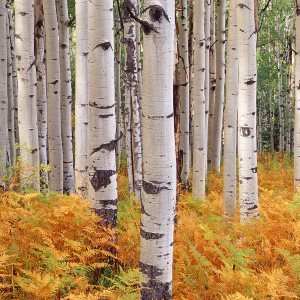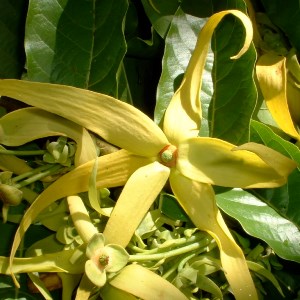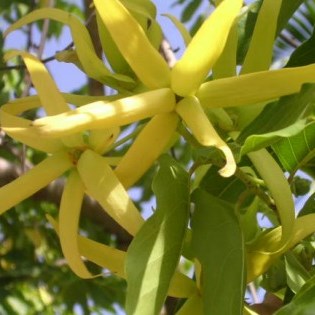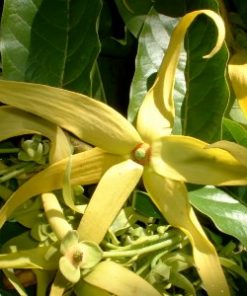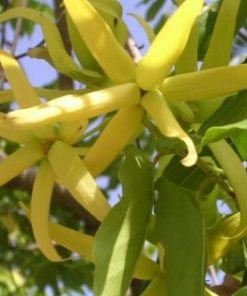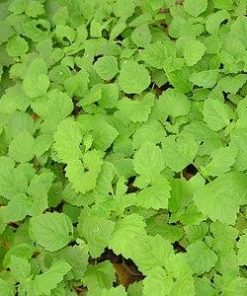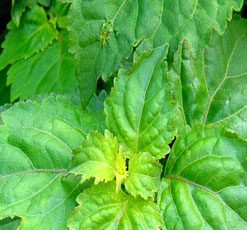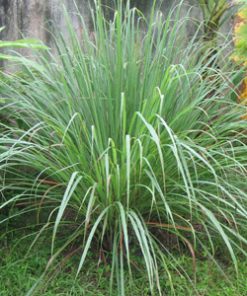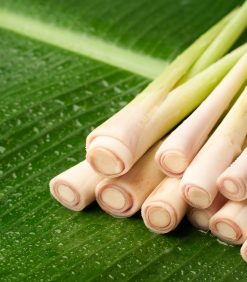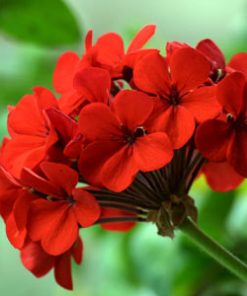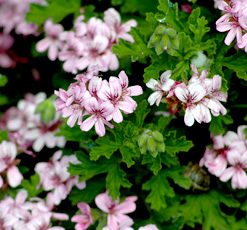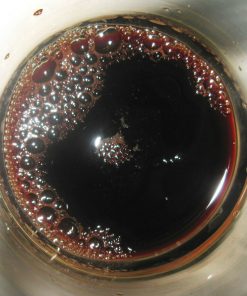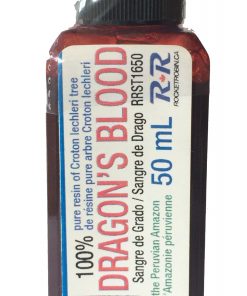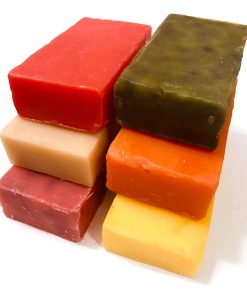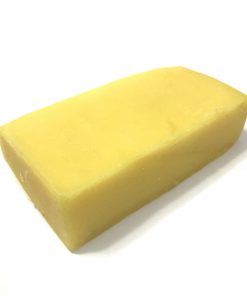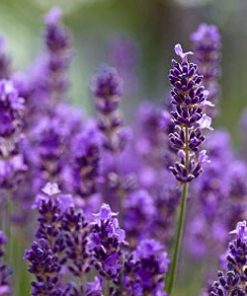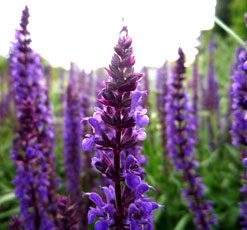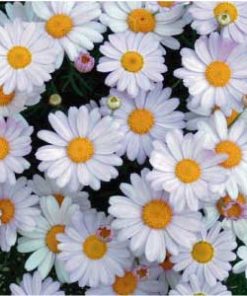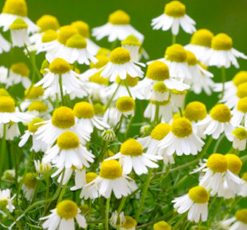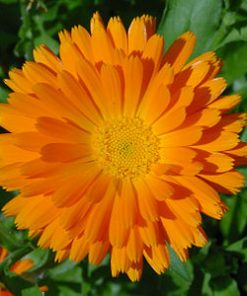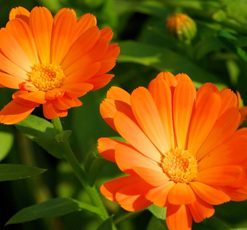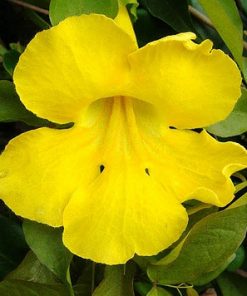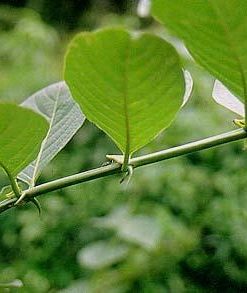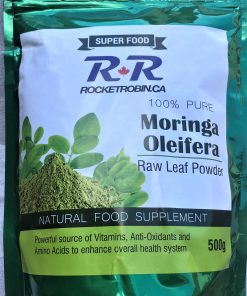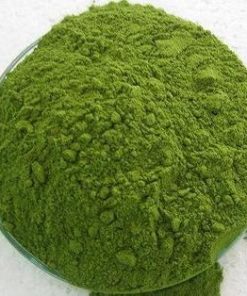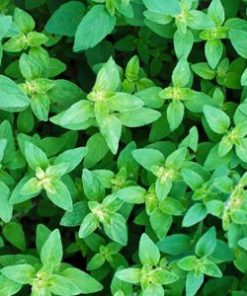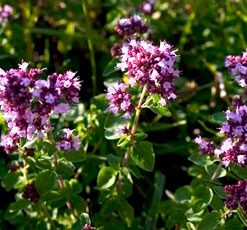Description
Essential Oil Cananga (15 mL)
Essential Oil Cananga
Cananga Essential Oil is sometimes used as an economical substitute for Ylang Ylang Oil in fragrancing applications. Aromatically, Cananga Oil resembles Ylang Ylang Oil, but it is less floral and is commonly described as being greener than ylang ylang. Though Cananga Essential Oil is sometimes treated as an inferior cousin to Ylang Ylang Oil, there are those that prefer its aroma.
Both ylang ylang and cananga are members of the Annonaceae plant family; they also both belong to the same genus – Cananga. Even their species is confusing; both are odorata species. The small distinguishing feature that separates these two very similar plants is in the addition of the words var. genuina to ylang ylang’s botanical name and the addition of var. macrophylla to cananga’s botanical name.
The tree of cananga odorata var. macrophylla produces flowers similar to those of ylang ylang.
AROMA: Less floral aroma than ylang ylang, Cananga essential oil is a pale yellow liquid displaying fresh sweet, balsamic, floral bouquet with a delicate, green, honeyed undertone of good tenacity.
HISTORY OF USE
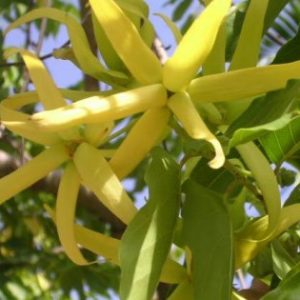
Recently, pure ylang-ylang has been increasingly replaced by oil from Cananga, C. odorata var. macrophylla, which grows abundantly in Java. This gives an essential oil of inferior quality used in cheap perfumes and the soap and cosmetic industries. This oil, called cananga, is very much cheaper to buy than the expensive and subtly scented ylang-ylang.
John Ray (1628-1705), an English botanist, was the first to mention the tree, describing it as ‘Arbor sanguisant’; later it was called ‘Borga cananga’ and ‘Unona odorata’. In his Histoire naturelle des drogues simples (1866) Guibourt described the plant, and compared its scent to that of narcissus; he recorded an island recipe for a pommade made from the flowers of Cananga and those of Curcuma (turmeric) which the natives used as a body rub to prevent fever and contagion during the rainy season. In the islands, the natives also mixed the flowers with coconut oil to protect their hair from sea salt when they swam; called ‘borri-borri’, this mixture was also good for the health of the skin, and helped avoid the bites of snakes and insects. The essential oil of cananga later became part of the nineteenth-century hair oil known in Europe as Macassar.
HEALTH BENEFITS
Cananga essential oil can be used for insect bites, skin care, anxiety, depression, and stress. Traditionally, cananga was used to treat infectious diseases, such as malaria. The essential oil may cause skin sensitization in sensitive individuals.
Cananga is a tall tropical tree, up to 30 metres high, which flowers all year round. It bears large, fragrant, tender yellow flowers which are virtually identical of those of the Ylang Ylang.
Cananga is very closely related to the tree which produces Ylang Ylang Oil, C odorata var genuina, but Cananga is considered an inferior product in the perfumery world; being grown in different regions the oil has a different quality, heavier and less delicate than Ylang Ylang. However, Cananga is truly a ‘complete’ oil whereas Ylang Ylang is made into several fractions. Complete is preferable for treating nervous disorders and blood pressure issues.
Caution: NEVER USE INTERNALLY without consulting professional medical help
- Not recommended for pregnant women and infants.
Individuals with serious and chronic health issues should consult an expert prior to using oils.
TRUST ROCKET ROBIN
Rocket Robin is proud to be your supplier of truly natural products with simple ingredients in support of your family’s health and well-being.
Additional information
| Weight | 0.1 kg |
|---|---|
| Dimensions | 10 × 10 × 1 cm |

